How to Prepare Documentation for Medical Device Translation
CLEAR WORDS
TRANSLATIONS
All News
novembro 27, 2020 |
How to Prepare Documentation for Medical Device Translation
Making your documentation translation-ready smooths workflows, facilitates the translation process, and can even save you significant resources in the long run. In medical device translation, more so than in other fields, clarity can be a game-changer. The easier you make the process on your end, the higher your chances of receiving top-quality translations within your budget and deadlines.
This translation sub-niche is one of the most difficult due to technical details, necessary medical knowledge, and rigid regulations. If you organize your documentation right from the start, linguists will spend less time on administrative tasks. This approach allows them to focus on translation and deliver documentation that complies with legal requirements and accelerates your access to local markets.
Here’s how you can prepare your documentation for medical device translation to facilitate the translation process.
1. Identify the Content to Translate
Knowing how much content you need to translate helps you estimate the scope of the translation project. In return, your language service provider can give you an accurate timeline and price for the service.
As you know, in the medical device industry, translation isn’t optional but a fundamental request to gain access to a market. You have an exact list of documents that need to be translated into all languages spoken in a specific area for compliance reasons.
Translation laws on bringing medical devices to market vary with each country and region. You’ll need to carry out in-depth research before deciding what documents to include or take out of the portfolio for translation.
For example, if you want to sell products in any European Union country, you must include more than just the technical documentation and the authorization for distributing medical devices. According to existing laws, you’ll have to translate multiple documents, from documentation about the manufacturer to details about your marketing strategy and management.
2. Make the Changes for Specific Markets
Before jumping into the actual translation, make sure you’ve completed all the administrative tasks to facilitate information flows. At this stage, you should make sure that all the content that linguists receive is 100% accurate.
Before sharing files with the language service provider, ensure all documentation has been modified to comply with the local markets where you’ll distribute the medical devices. Consult with legal experts from each country to ensure that you provide complete documentation before translators start working on your content.
If you deliver the files and make changes later in the process, linguists will have to go through your texts a second time to correct the translation. It’s easier to miss deadlines and add up translation costs this way.
3. Prepare for Text Expansion
The translated versions of your texts can require up to 20 or even 30% more space than the same text in English. Depending on how you plan to deliver documentation to local authorities or international partners, you may need to rethink design or branding elements to make room for text expansion.
It may seem like an insignificant detail, but the way you deliver information is crucial in many cultures worldwide. Besides that, the information included in your documents should be easy to read, not cluttered into a limited space. If your text isn’t readable, you risk having your documentation sent back for clarification.
Moreover, your documents should look professional in all languages to make an excellent first impression and deliver a unified global brand image. You’ll have to deal with this aspect at some point, anyway so it’s in your best interests to figure things out from the start and save significant resources.
4. Discuss File Formats with Your Translation Provider
Another administrative task that has a fundamental impact on your medical device translation is file sharing. Luckily, language service providers can now automate workflows and facilitate information exchange.
This way, you create a secure bridge between your content management system and your language service provider.
To streamline the process, you need to make sure that your linguists’ tools support the file formats you plan to deliver. Otherwise, you’ll have to work together and find technical solutions that help linguists access editable files to do their jobs.
5. Build a Glossary of Terms
Your documentation for medical device translation includes industry and company-specific terminology. To deliver 100% accurate translations, your linguists will need guidelines from your in-house experts.
The fastest and most effective way to support translators for current and future projects is by creating a glossary for technical translations. In this database, you gather all the terminology relevant to your product and the corresponding terms in the target languages. Furthermore, you’ll need to add guidelines on how linguists should use each word in different contexts.
The glossary of terms has the significant advantage that it can be used every time you have a new translation project, ensuring consistency across your brand documentation regardless of the team of linguists you work with.
6. Provide Past Translations for Reference
If you have used a translation memory for past translations, share it with your language service provider. Past translations can help linguists familiarize themselves with your content and learn more about your expectations, reducing turnarounds and translation costs.
Moreover, if translators have access to your translation memory, they’re more likely to translate content in your brand voice.
Final Thoughts
The way you prepare documentation for medical device translation significantly influences the quality of the translated content. If you don’t provide accurate information or fail to assist with the terminology, linguists will have to make educated guesses based on their experience and previous knowledge in the field. Many of them might decide they don’t want to work with you, as regulations are extremely rigid in this industry.
Not only does the right documentation secure better translations, but it also helps you save resources and build a successful collaboration with your language service provider for future projects.










